Products that people all over the world come into contact with on a daily basis consist of powders
This article will discuss:
- The importance of mixing powders, granules, and granulates,
- The main mixing mechanisms,
- The methods of mixing.
The different types of mixers for powders and their specific advantages and disadvantages can be found in the article Types of mixers for powders.
The experts at Dinnissen Process Technology are available to answer all your questions:
Get in touch with Juul Jenneskens 077 467 3555
The advantages of mixing powders, granules and granulates
A powder is a solid that consists of very small grains. Powders can be crystalline pure chemicals or they can be mixtures of different pure chemicals. There are also powders of mixtures in which each grain is a mixture. Powders are used in many industries. Think of pharmacy where an important part of the medicines exist or are made from powders. Numerous powders are also produced and used in chemistry.
In addition, many powders and granules are used in animal feeds for both pets and livestock. This includes not only additives such as vitamins and minerals that are added, but also products such as grains and soy that form the basis for animal feed.
Products that people all over the world come into contact with on a daily basis consist of powders. Think of coffee, tea, sugar and spice mixes. In addition, there are many products for which powders are used as a basis. Such as flour for bread, rusk and biscuits. But also cocoa and sugar in chocolate bars, sprinkles or candy. Many powders are used as an auxiliary in other products such as corn or potato starch in soups and sauces. Fragrances, colors, flavors, preservatives and added vitamins are also examples of powders used in numerous products.
Besides the fact that powders are used directly for the preparation of food, they also offer the technological solution to preserve and store them, transport them and further process them in other products. This is the reason why powders are used in many industries.
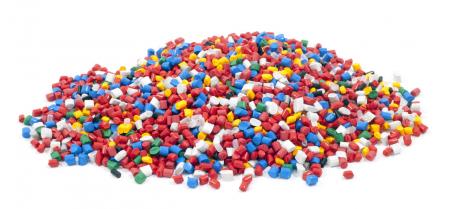
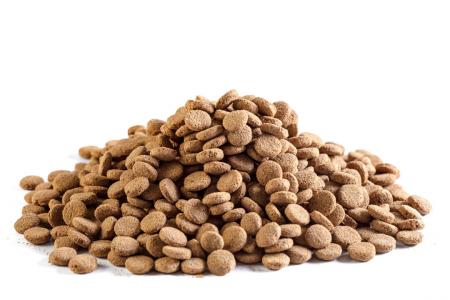
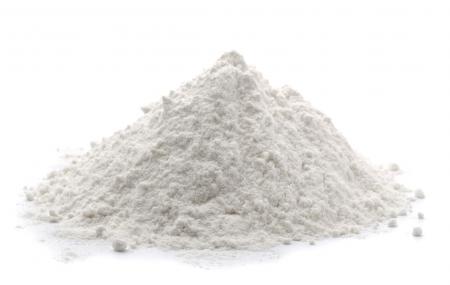
The three main mixing mechanisms
The operation of the mixers used in the industry is almost always based on one or more of the following mechanisms:
- Convection
- Diffusion
- Shear
Convection mixing means that dynamic areas of powder particles are moved through the mixer. The areas are dynamic because they are constantly changing. They are driven, for example, by mixing shafts or by centrifugal forces in a drum. Convection can rapidly decrease the degree of segregation. Large dynamic areas of powder particles will be converted into smaller ones, creating an ever-larger force-exchanging surface, which will speed up the mixing of the various ingredients. Fluidization as it occurs in Dinnissen Pegasus dual paddle mixers is a form of convective mixing. The particles can move freely in the fluid bed, resulting in a much faster mixing action.
Diffusion can occur when mixing a powder mixture in much the same way as mixing liquids. In contrast to the convection described above, diffusion is a relatively slow mechanism that causes powder particles to be dispersed one by one in the mixture. Diffusion occurs, for example, when a stirrer scrapes past one of the particles. As a result, a number of powder particles are set in motion at the contact surface, which subsequently occupy another place in the mixture under the influence of gravity.
The third mixing mechanism is shear. If two dynamic areas of powder in a powder mixture move past each other at different speeds, shearing may occur at the contact surface of these areas. First of all, individual powder particles can transfer from one area to another independently of each other. Furthermore, the difference in speed between the different dynamic regions causes a surface tension on the interfaces. As a result of this surface tension, the dynamic areas of powder can disintegrate into pieces.
In practice, these three mixing mechanisms often occur simultaneously during mixing. There may also be a shift from one mixing mechanism to another during mixing. For example, it may occur that at the start of the mixing convection has the upper hand and that during the mixing diffusion will have an increasing share in the mixing process. In practice it is often difficult to distinguish in mixers which mixing mechanism has the upper hand.
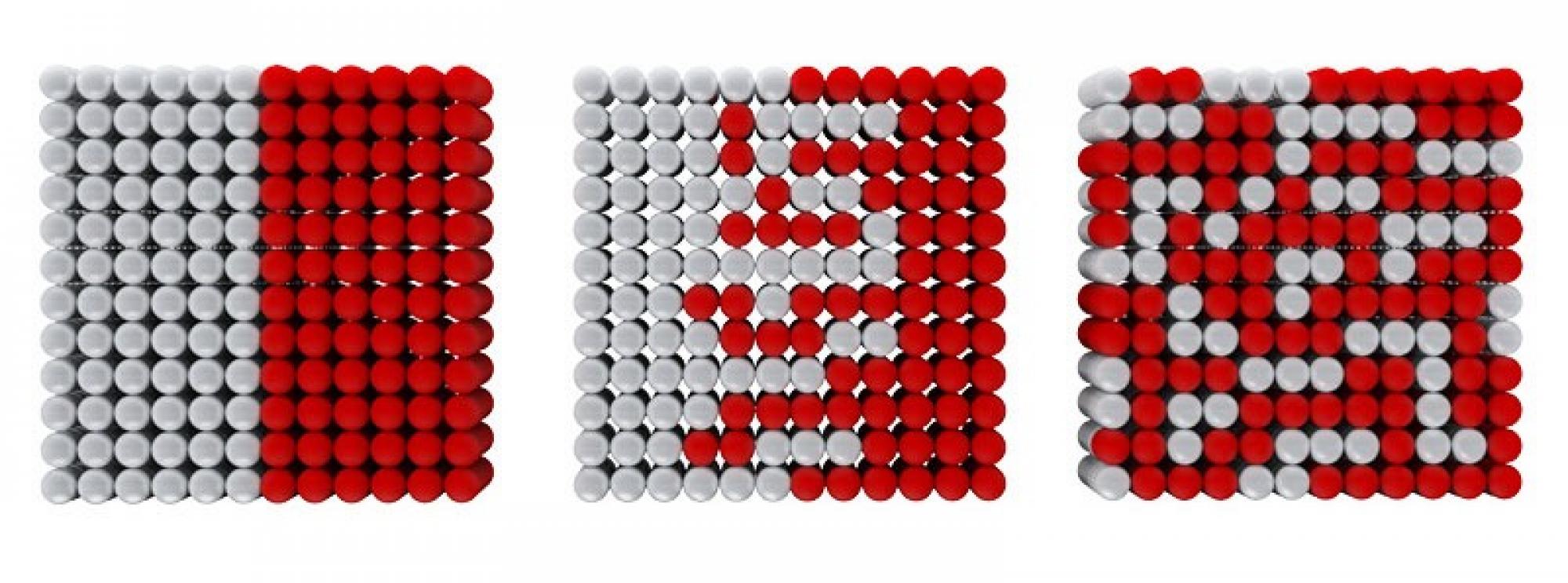
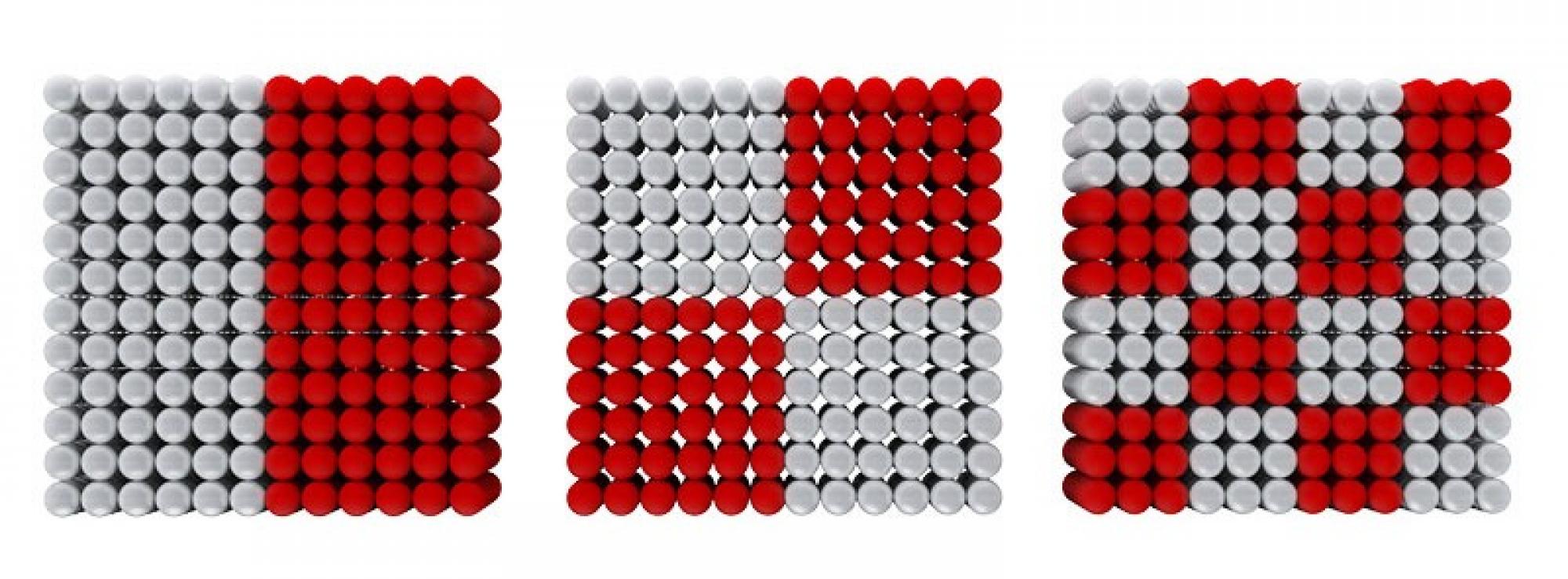
Mixing powders is a deeply underestimated science
Discover the different mixing methods
Mixing is always done with a combination of the following components;
- A static or dynamic mixing chamber,
- Static or dynamic axles or paddles,
- Scots.
There are a wide variety of mixers available in the market, each with its own specific characteristics and advantages and disadvantages. The quality of all these mixers can be divided into a number of different quality aspects. The most important quality aspect is the functionality of the mixer. Is the mixer able to mix the product homogeneously enough? What is sufficiently homogeneous is product dependent. Different requirements will be set for the distribution of probiotics in baby milk powder or active substances in medicines than for the distribution of the various components in muesli.
A second important quality aspect is the materials used to produce the mixer. Different requirements are imposed on a mixer where abrasive or corrosive substances such as cement, salts and acids are used than on mixers where foodstuffs are processed such as coffee, cocoa or flour. But also within these groups there are specific requirements that require certain materials to be used. Materials used to produce mixers include steel, SS304, SS316, hardox, hastelloy and manganese steel.
In addition, the powder to be mixed determines the seals. When products such as silica are used in the mixture, different seals are required than when plastic granulates are to be mixed.
The quality of the mixer is also determined by the choices made with regard to design, dimensioning, construction, finish and functional details such as applied components for engines, cylinders and valves and electrical components.

Name: Juul Jenneskens
Advisor
Please feel free to contact me if you have any questions about this subject. My team of colleagues and I are ready to answer!
Get in touch with Juul Jenneskens 077 467 3555 [email protected]
Do you prefer to request a consultation directly?
The design and manufacture are essential to the quality of a mixer. Was the design made from the perspective of OPerational EXpenses or CApital EXpenses? What is meant by whether the mixer is built as cheaply as possible to keep the initial investment as low as possible and does this emphasize CAPEX? Or is the emphasis on OPEX? Is the mixer reliable to operate for a long period of time without unplanned downtime? Does the design prevent contamination of the product with lubricating oils or greases? In addition, the finish in production is important. Is the welding quality good? Are welds sharpened? Does the Ra value meet the set requirements? Has good preservation been applied, such as Viwateq ®, so that powders adhere less well to walls and contamination is prevented and cleaning time is shortened. How often should maintenance be done? What kind of maintenance should be done? What about the mixer energy consumption? In short, there are many aspects to consider when choosing a mixer.
